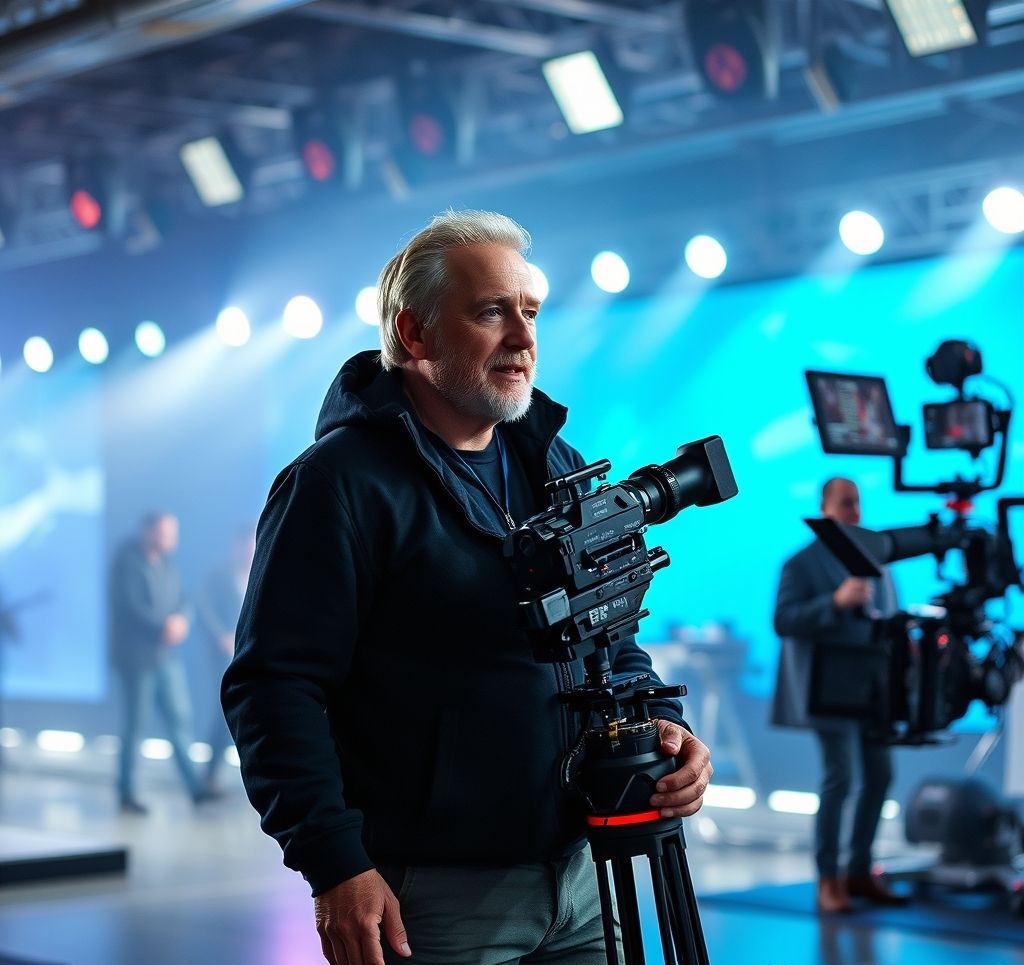What defines a film as "science fiction" rather than fantasy?
While boundaries can blur, science fiction generally presents speculative scenarios with some basis in scientific possibility, even if highly extrapolated. The technologies, scenarios, and worlds of sci-fi theoretically could exist given different technological developments or scientific discoveries. Fantasy, conversely, typically involves magical or supernatural elements that explicitly contradict known science. "Star Wars," with its mystical Force and space wizards, occupies a hybrid space often called "science fantasy," while "2001: A Space Odyssey" represents purer science fiction with its emphasis on technological plausibility.
What was the first true science fiction film?
Most film historians credit Georges Méliès' "A Trip to the Moon" (1902) as the first significant science fiction film, featuring a fictional journey to the lunar surface. However, the genre's first feature-length masterpiece was Fritz Lang's "Metropolis" (1927), which established many visual and thematic elements that continue to influence sci-fi cinema nearly a century later, including its depiction of a technologically advanced but socially divided future city.
Why do so many science fiction films feature dystopian rather than utopian futures?
Dystopian settings create natural dramatic conflict and tension, making them narratively useful. More substantively, science fiction often serves a cautionary function, extrapolating current technological and social trends to warn about potential negative outcomes if these developments continue unchecked. Utopias, while intellectually interesting, typically present challenges for traditional dramatic structures that rely on conflict. That said, films like "Star Trek" and elements of "The Martian" offer more optimistic visions of scientific progress and human cooperation.
What's the relationship between science fiction films and actual scientific progress?
It's a reciprocal relationship. Films like "2001" and "Minority Report" consulted with scientists to create plausible future technologies, some of which (like tablet computers and gesture-based interfaces) later became reality. Conversely, many scientists and engineers cite science fiction as early inspiration for their careers. Films like "The Day After Tomorrow" have influenced public discourse on issues like climate change, while NASA has actively partnered with films like "The Martian" to promote interest in space exploration.
How has CGI changed science fiction filmmaking?
Digital effects have dramatically expanded what's visually possible, allowing directors to realize visions that practical effects could never achieve. Films like "Avatar" and "Gravity" created entirely new worlds and experiences previously impossible to depict. However, the most successful modern sci-fi often combines CGI with practical effects, as seen in "Blade Runner 2049," "Mad Max: Fury Road," and "Interstellar." These hybrid approaches preserve the tangible quality of physical effects while using CGI to extend rather than replace them.
Which science fiction films have been most accurate in predicting future technology?
"2001: A Space Odyssey" (1968) anticipated tablet computers, video calling, and AI assistants. "Minority Report" (2002) featured gesture-based computing interfaces that directly influenced real technologies like Microsoft Kinect. "Her" (2013) depicted AI voice assistants and relationships with digital entities that increasingly mirror our interactions with systems like Siri and Alexa. However, accuracy isn't necessarily the point of science fiction—its value lies more in exploring social and philosophical implications of technology than in precise prediction.














